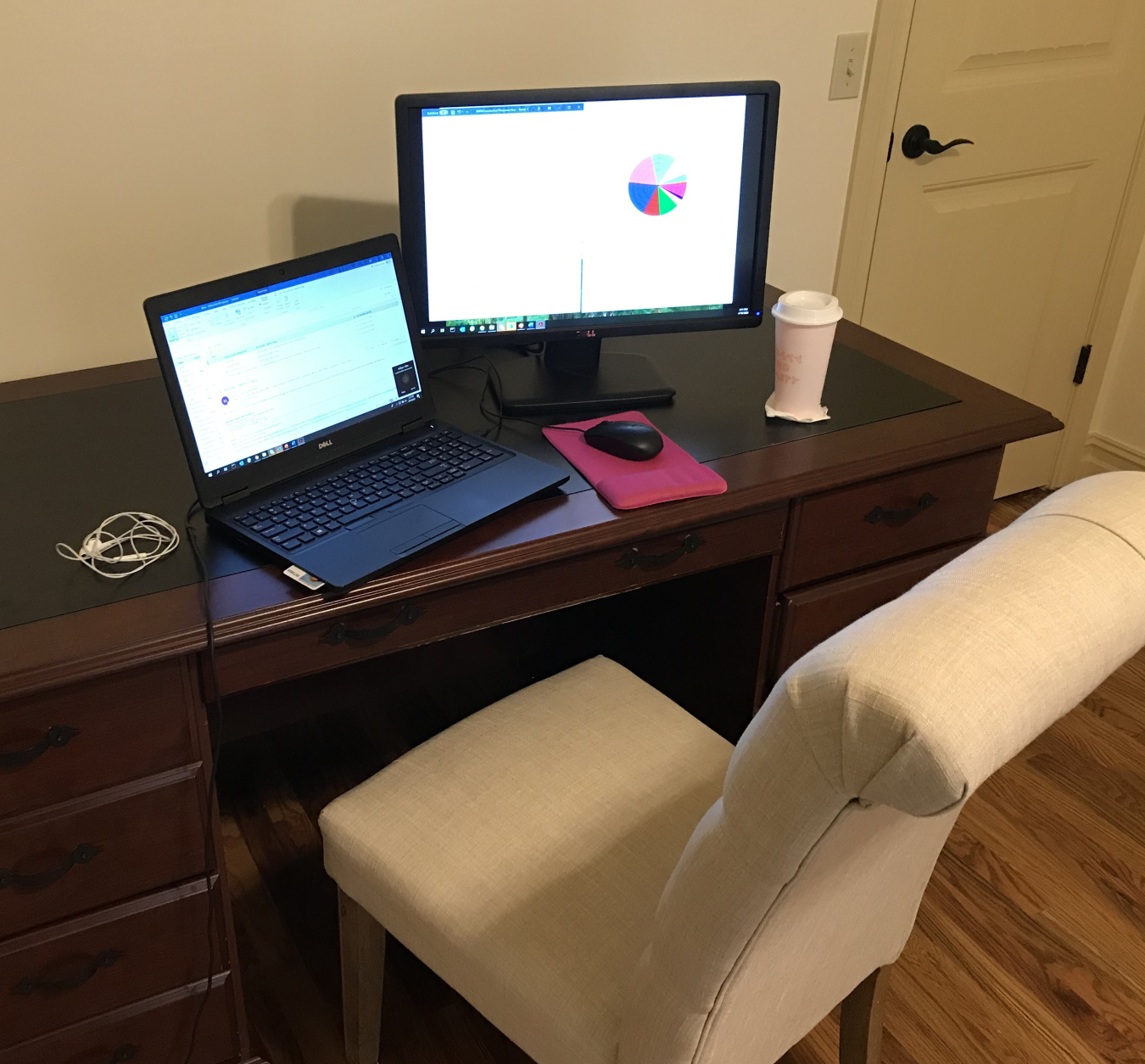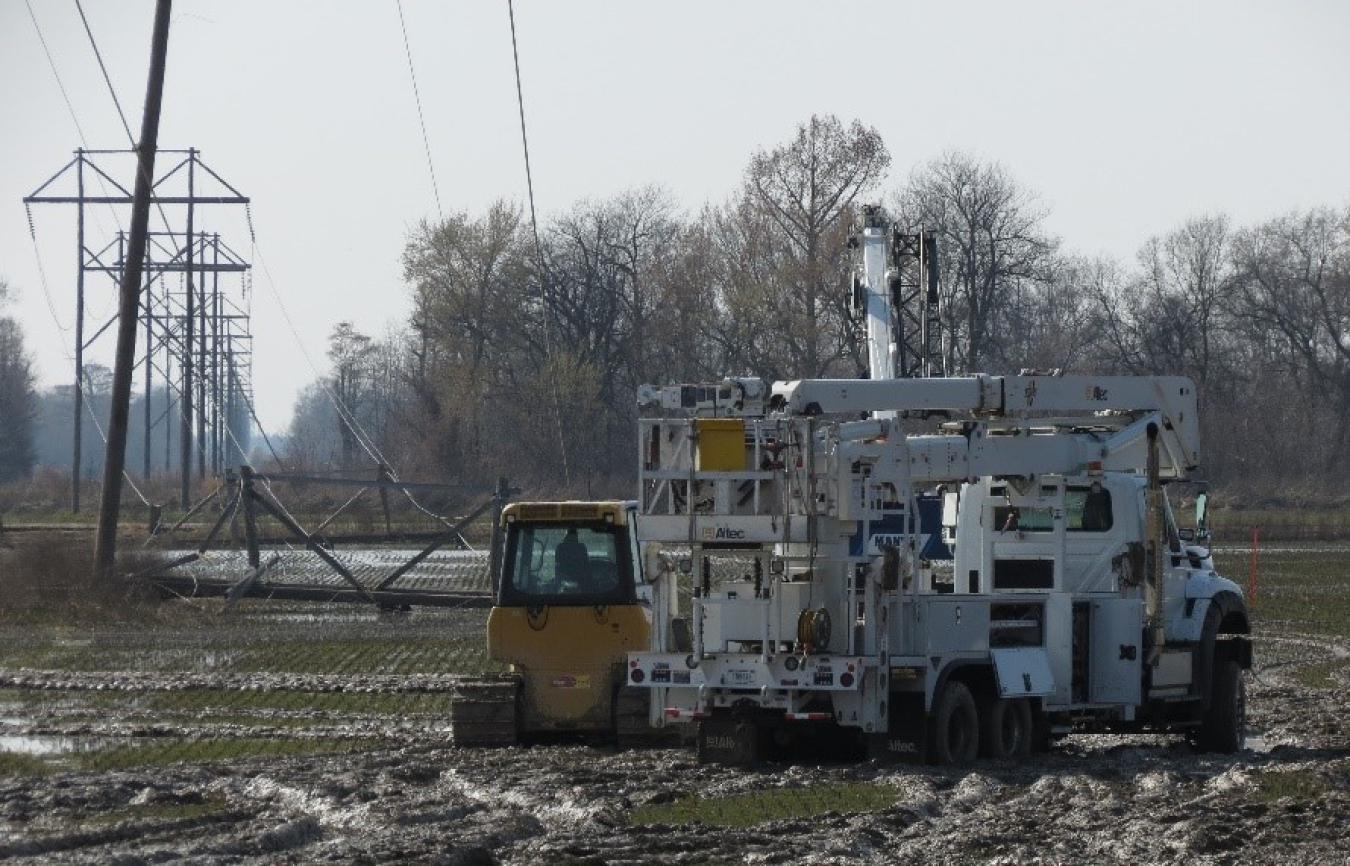When the going gets tough, the tough turn to their Information Technology (IT) team. And that’s just what Southwestern Power Administration (Southwestern) did after Administrator Mike Wech issued a maximum telework memorandum.
Southwestern Power Administration
April 15, 2020Last Updated: October 29, 2020
When the going gets tough, the tough turn to their Information Technology (IT) team. And that’s just what Southwestern Power Administration (Southwestern) did after Administrator Mike Wech issued a maximum telework memorandum to the agency as an aggressive response to the coronavirus (COVID-19) outbreak.
Wech said in the March 23, 2020 memorandum, and in subsequent communications to employees, that maximizing telework will “align critical resources, while ensuring that Southwestern operations would continue.”
He reminded employees that teleworking not only protects them and their families, but also protects their colleagues who perform mission critical duties that cannot be performed remotely, such as dispatching of electricity and maintenance and operation of the electrical grid.
But how exactly do you transition over a hundred employees and contractors from their respective offices at five different sites in three separate states to safely working from home?
Enter IT, or, more accurately, a combination of employees from Southwestern’s Division of Information Technology and the Information Technology Support team of Wyandotte Technologies (Wyandotte), Southwestern’s support services contractor.

Within the space of a few days, a small group of people accomplished a huge amount of work. Wyandotte’s Program Manager Elaine Webb says she’s very proud of her team’s performance. “They really stepped up to the plate when they needed to. We were able to provide refurbished laptops and other equipment, and we continue to provide technical support across the agency.”
Webb says her team issued 24 laptops to support the telework effort, in addition to providing remote help to those with newly issued laptops and to those who already had them. Additionally, Federal IT employees and contractors worked together to increase communications bandwidth so that internet traffic could flow faster, and better quality data would be available to employees working remotely.
Prior to the issuance of the telework memorandum – around mid-March 2020 – there were approximately 20-25 employees teleworking on a daily basis. Following the memorandum, that number jumped to nearly 125.
Employees are also being allowed to check out their monitors, keyboards, and other equipment (with coordination from their supervisors so that social distancing norms can be observed), to make their teleworking experience more effective and efficient

“Teleworking protects mission critical employees whose duties cannot be performed remotely, such as dispatching of electricity and maintenance and operation of the electrical grid.”
Administrator Mike Wech
IT made several strategic decisions during the initial deployment process. Laptops were spread across all functional areas of the agency so that all work could be robustly supported. Southwestern’s Chief Information Officer (CIO) John Porter says that IT also issued additional phones and hot spots, and made the decision to stage network and computer patches in smaller groups to minimize bandwidth impacts.
Porter says that IT performed out-of-band cyber vulnerability assessments on the Virtual Private Network, or VPN, appliances used by Southwestern employees to connect remotely to the network, and tightened security measures for email and internet browsers so that Southwestern’s data would be protected.
As for the mission critical employees in Southwestern’s operations centers, each dispatcher was issued his or her own keyboard and mouse, instead of sharing as was done before the outbreak. Dispatchers were also split between the primary and secondary operations centers, along with SCADA programmers, to reduce the number of people accessing each site.
So, after a couple of weeks of teleworking under its belt, how is Southwestern doing with the shift to remote work?
CIO Porter says he thinks things are going well. “That first week, we had quite a few calls to the IT Help Desk as people were getting used to working remotely. There was about a 30% increase in our usual volume. But things have settled down as people have adapted.”
Porter says he thinks his Federal IT staff and the Wyandotte IT Support team are doing a great job thus far. “Wyandotte is doing an amazing job, in conjunction with the Federal IT staff, to make sure Southwestern end-users have the ability to work remotely. The initial deployment happened over the course of a few days with limited resources. Wyandotte just put their heads down and did what was needed. There were no complaints from them even though it was a very stressful time. I was impressed watching it play out.”
Administrator Mike Wech says he is very appreciative and proud of IT’s efforts and of the efforts of all Southwestern staff, especially the mission critical employees who cannot work remotely “As the country faces an entirely new set of challenges and uncertainty, know that one thing remains unchanged; Southwestern and its employees are committed to Southwestern’s mission and committed to keeping the lights on. We’ll always be here when you need us.”

